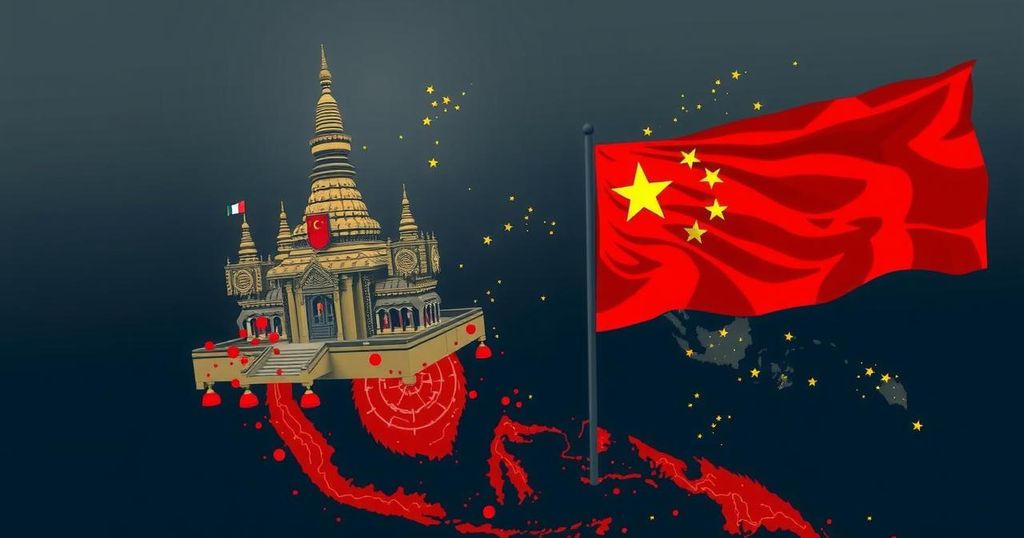Cambodia: From War-Torn Nation to China’s Strategic Ally in Southeast Asia
Hsu Chung-mao reflects on Cambodia’s journey from a war-torn nation under the Khmer Rouge to becoming China’s steadfast ally in Southeast Asia. His 1986 visit revealed a country in recovery amid Vietnamese occupation, showcasing the resilience of its people. As Vietnam withdrew, Cambodia embraced China’s aid, significantly impacting its development and regional dynamics.
Cambodia, once ravaged by war and the extreme policies of the Khmer Rouge, has emerged as a steadfast ally of China in Southeast Asia, primarily due to geopolitical motivations. Historical photo collector Hsu Chung-mao shares his experiences and insights from a journey to Vietnam-occupied Cambodia in 1986. At that time, Cambodia was slowly recovering from turmoil while remaining under Vietnamese control, a fact that shaped its subsequent relationship with China as they became partners against common interests, particularly opposing Vietnam.
Hsu recounts traveling to Cambodia as a Taiwanese journalist, entering a country largely unrecognized by the international community. He captured photographs that not only reflected the desolation of a city in recovery but also the resilience of its people amid foreign occupation. Despite the absence of many foreign merchants and tourists due to sanctions, signs of economic potential were present, highlighted by Singapore’s proactive investment in the hotel industry.
The historical backdrop of Cambodia is complex, characterized by colonialism and the profound impact of the Khmer Rouge during the 1970s. Following the overthrow of King Sihanouk and the US withdrawal, the Khmer Rouge’s reign of terror left the nation in disrepair before the arrival of Vietnamese forces that eventually led to the rise of Hun Sen, who would later embrace China as an ally post-Cold War.
As Vietnam’s military presence faded and international relations shifted, Cambodia began to recover economically, attracting foreign investment and gradually reintegrating into the global economy. Hun Sen transformed his government’s stance, marking Cambodia as a crucial ally of China and opening the doors to substantial Chinese economic aid, which has been pivotal for the country’s development.
Hsu’s photographic documentation serves as a poignant reminder of Cambodia’s traumatic history, now contrasted by its steady growth and the hope of a more peaceful future. The relationship between China and Cambodia underscores the changing dynamics in Southeast Asia, where historical grievances can become a foundation for cooperation against shared regional challenges.
The topic of Cambodia’s modern alliance with China is rooted in its tumultuous history marked by war, foreign occupation, and attempts at recovery from extremism. The Khmer Rouge’s brutal regime devastated the country, leading to significant foreign intervention. With China and Vietnam having historically opposing interests in the region, Cambodia has emerged as a crucial ally to China, a shift that reflects broader geopolitical currents in Southeast Asia.
In conclusion, Cambodia has transformed from a war-torn nation into a vital ally of China, benefiting from significant economic aid and support. The complex historical context involving foreign occupations and the rise of Hun Sen’s government has shaped this relationship. As Cambodia continues to develop strategically, the historical photographs serve as poignant reminders of its past and the resilience of its people as they forge a more secure future under China’s influence.
Original Source: www.thinkchina.sg








Post Comment